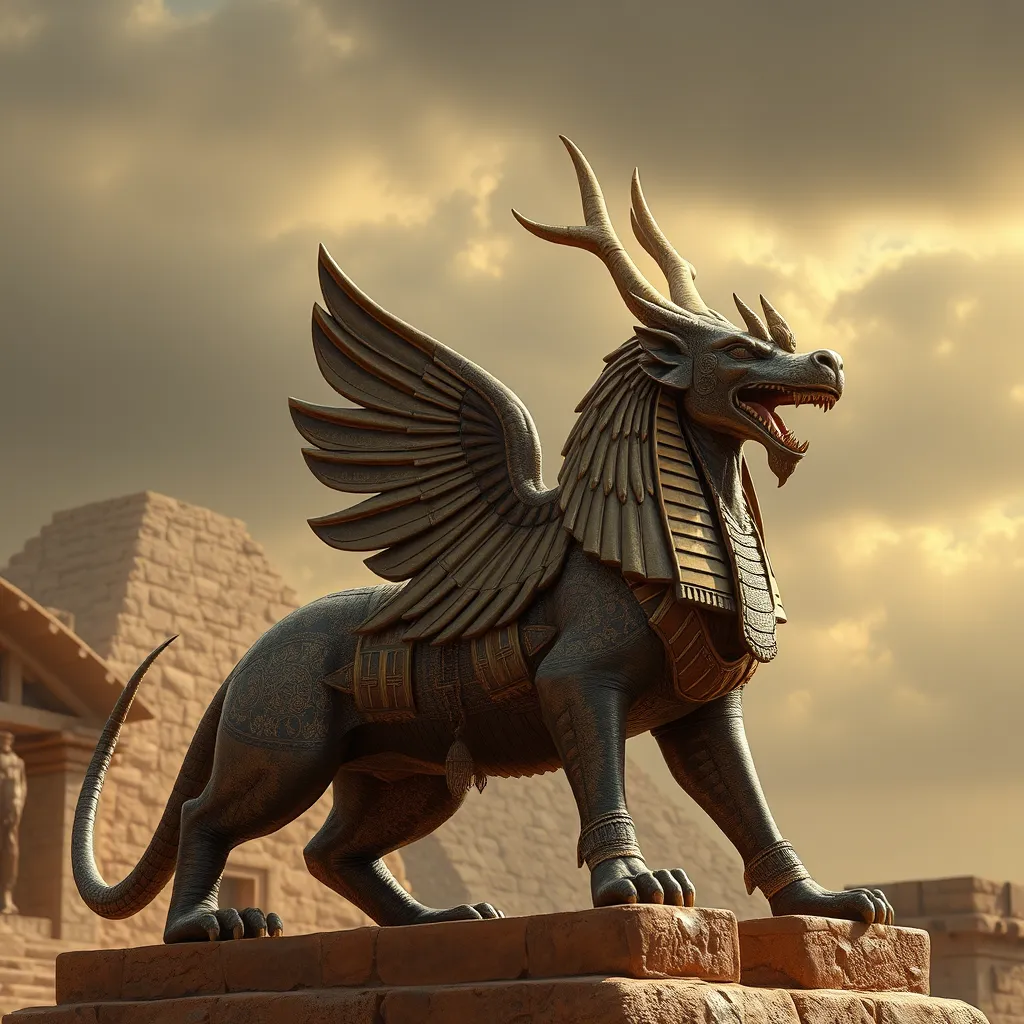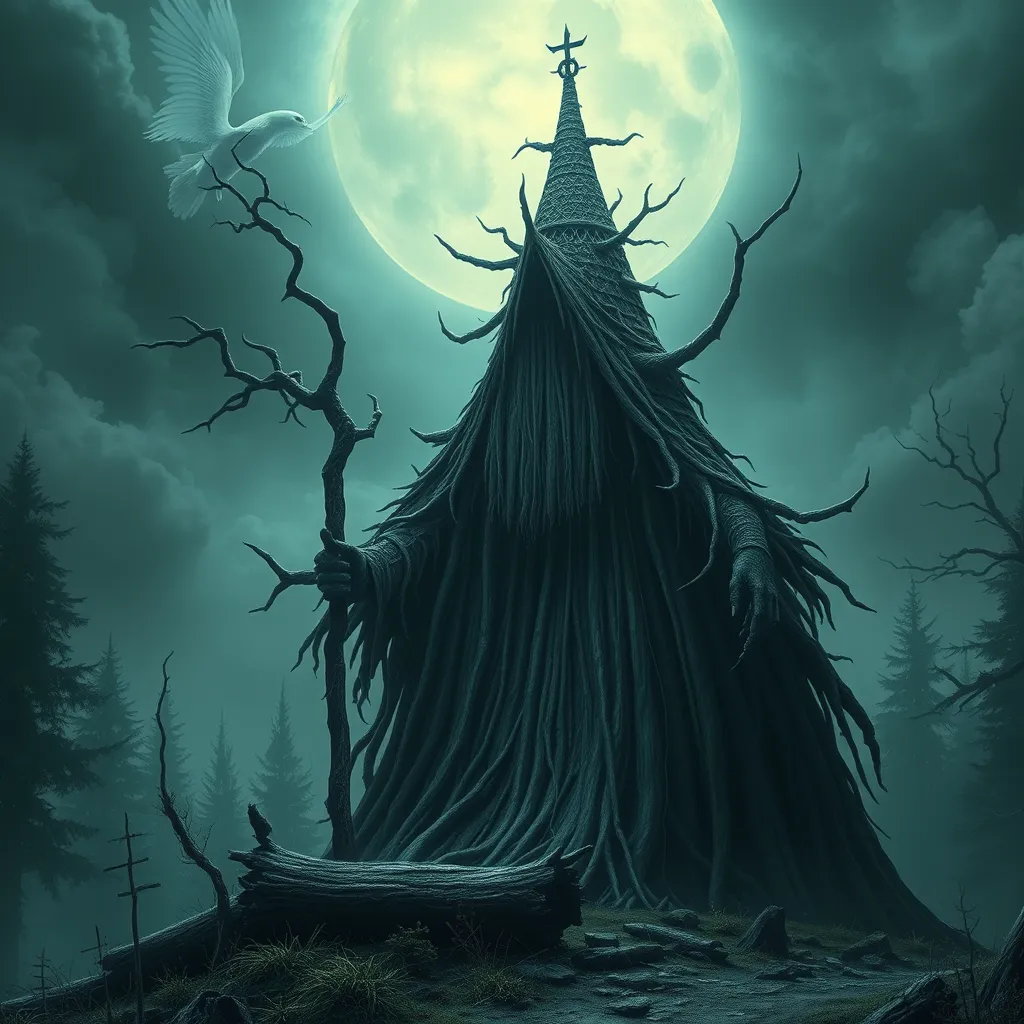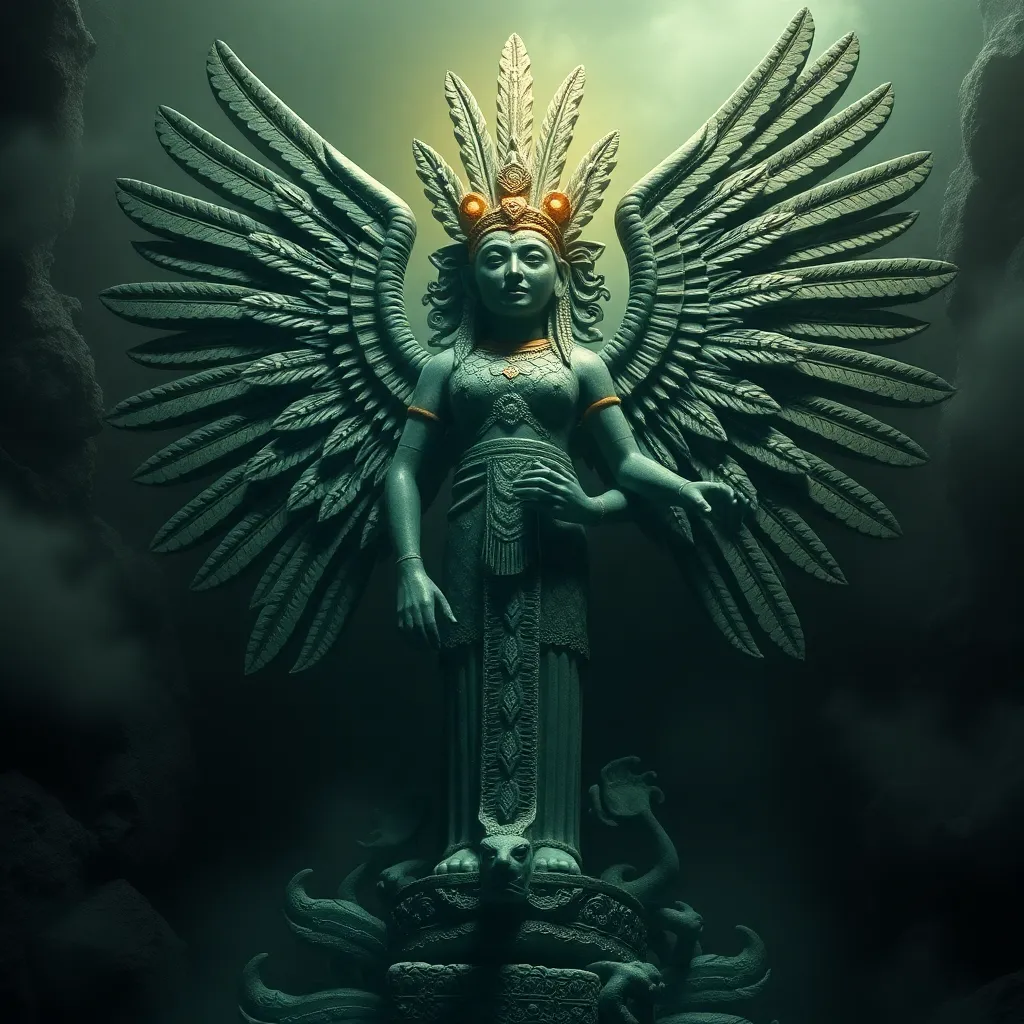The Giant of the Soul: Exploring the Symbolic Representation of Giants in Various Cultures
I. Introduction
Giants have long captured the imagination of cultures around the world, appearing in mythology, folklore, literature, and art. These colossal beings often serve as powerful symbols, representing both the formidable and the fantastical aspects of human experience. In this article, we will explore the rich tapestry of giant lore across different cultures, examining their roles, meanings, and the lessons they impart.
The importance of giants as cultural symbols cannot be overstated; they embody the struggles, fears, and aspirations of humanity. This article aims to delve into the historical roots of giants, their representation in mythology and literature, psychological interpretations, their portrayal in contemporary culture, and their role in conveying moral lessons.
II. The Historical Roots of Giants
A. Origin of giant myths in ancient civilizations
The concept of giants can be traced back to ancient civilizations, where they were often depicted as powerful beings possessing great strength and sometimes malevolence. In Mesopotamian mythology, the Anunnaki were considered giant gods who ruled over humanity. Similarly, in the Bible, the Nephilim are described as giants born of the “sons of God” and the “daughters of men.”
B. Comparison of giant legends across cultures
Across cultures, the portrayal of giants shares common themes, yet varies significantly. For instance:
- In Greek mythology, giants like the Titans represent primordial forces of chaos.
- The Norse Ymir is a frost giant whose body was used to create the world.
- In Hindu mythology, the Rakshasas are often depicted as fearsome giants who oppose the gods.
C. Influence of historical events on the portrayal of giants
Historical events have shaped the narratives surrounding giants. The rise of empires and the resulting power struggles often led to giants being depicted as the embodiment of the enemy or the chaotic forces that must be overcome. This reflects the anxieties and aspirations of the societies that created these myths.
III. Giants in Mythology and Folklore
A. Overview of giants in specific mythologies
Giants play crucial roles in various mythologies:
- Greek Mythology: The Titans, a race of giants, were overthrown by the Olympian gods, symbolizing the struggle for order over chaos.
- Norse Mythology: Giants like Jotunheim serve as adversaries to the gods, representing nature’s untamed and chaotic aspects.
- Hindu Mythology: Giants are often depicted as Asuras, who challenge the gods and embody moral ambiguity.
B. The role of giants as antagonists or guardians
Giants often occupy dual roles in myth and folklore. They can be antagonists, representing obstacles to be vanquished, or guardians, protecting sacred places or treasures. This duality adds depth to their symbolic significance, reflecting the complexities of human challenges and the potential for growth.
C. Symbolic meanings associated with giants in these myths
Symbolically, giants can represent:
- Fear: The overwhelming force of nature and the unknown.
- Power: The strength and potential within humanity.
- Wisdom: The knowledge that comes from experience and age.
IV. Giants in Literature and Art
A. Representation of giants in classic literature
Giants have made a significant impact on literature, one notable example being Jonathan Swift’s “Gulliver’s Travels,” where the protagonist encounters the enormous inhabitants of Lilliput and Brobdingnag. These encounters highlight the absurdities of human nature and societal structures.
B. Artistic interpretations of giants in paintings and sculptures
In art, giants have been depicted in various forms, from the mighty figures in Renaissance paintings to modern interpretations in digital media. Artists often use giants to explore themes of power, vulnerability, and the human condition.
C. Modern adaptations and their cultural implications
Contemporary adaptations of giants in movies and literature often reflect societal issues. For instance, films like “Jack the Giant Slayer” and “The BFG” reinterpret giant figures, exploring themes of friendship, fear, and the battle against oppression.
V. Psychological Interpretations of Giants
A. Giants as representations of human fears and desires
In psychology, giants can symbolize the larger-than-life fears and desires that individuals grapple with. They may represent personal challenges or societal pressures that feel insurmountable.
B. The giant archetype in Jungian psychology
From a Jungian perspective, giants embody the archetype of the ‘shadow,’ representing the darker aspects of the self that must be confronted for personal growth. Engaging with these giants can lead to greater self-understanding and integration.
C. Analysis of the giant as a symbol of personal struggle and growth
The giant often symbolizes the internal struggles individuals face. Overcoming a giant can represent triumph over adversity, a journey towards self-actualization, and the realization of one’s potential.
VI. Giants in Contemporary Culture
A. Portrayal of giants in film and television
In modern film and television, giants are frequently portrayed as both adversaries and allies. Movies such as “Pacific Rim” feature gigantic monsters representing chaos and destruction, while series like “Game of Thrones” depict giants as ancient beings with complex roles within the narrative.
B. The evolution of the giant character in modern storytelling
The giant character has evolved from a mere antagonist to a multifaceted figure that embodies various human experiences. This evolution reflects changing societal values and the complexities of moral dilemmas faced by contemporary audiences.
C. Social and political interpretations of giants in contemporary narratives
Giants in contemporary narratives can also serve as metaphors for social and political issues. They may represent oppressive regimes, environmental destruction, or the struggles of marginalized communities, prompting reflection and dialogue.
VII. The Role of Giants in Moral and Ethical Lessons
A. Giants as a means to convey moral dilemmas
Giants often serve as vehicles for moral lessons in folklore and fables. Their stories frequently present ethical dilemmas, forcing characters (and readers) to confront right and wrong.
B. Case studies of giants in fables and folklore with didactic purposes
Consider the giant in “Jack and the Beanstalk,” who represents greed and the consequences of theft. The story warns against overreaching ambition and highlights the importance of humility.
C. The impact of these lessons on cultural values
These moral tales featuring giants often reflect and reinforce cultural values, teaching lessons about courage, integrity, and the consequences of one’s actions.
VIII. Conclusion
In conclusion, giants serve as powerful symbols across cultures, representing our fears, aspirations, and moral dilemmas. Their enduring presence in mythology, literature, art, and contemporary culture speaks to their significance in the human experience. As we continue to explore the implications of giant symbolism, we gain deeper insights into our collective psyche and the values that shape our societies.
The legacy of giants is not merely a relic of the past; it continues to resonate in our modern narratives, reminding us of the giants we face within ourselves and the world around us.



